Web Development with Django. Learn to build modern web applications with a Python-based framework Ben Shaw, Saurabh Badhwar, Andrew Bird, Bharath Chandra K S, Chris Guest
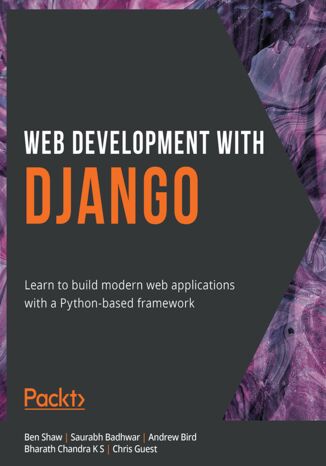



- Autorzy:
- Ben Shaw, Saurabh Badhwar, Andrew Bird, Bharath Chandra K S, Chris Guest
- Wydawnictwo:
- Packt Publishing
- Ocena:
- Stron:
- 826
- Dostępne formaty:
-
PDFePubMobi
Opis
książki
:
Web Development with Django. Learn to build modern web applications with a Python-based framework
Web Development with Django takes this philosophy and equips you with the knowledge and confidence to build real-world applications using Python.
Starting with the essential concepts of Django, you'll cover its major features by building a website called Bookr – a repository for book reviews. This end-to-end case study is split into a series of bitesize projects that are presented as exercises and activities, allowing you to challenge yourself in an enjoyable and attainable way.
As you progress, you'll learn various practical skills, including how to serve static files to add CSS, JavaScript, and images to your application, how to implement forms to accept user input, and how to manage sessions to ensure a reliable user experience. Throughout this book, you'll cover key daily tasks that are part of the development cycle of a real-world web application.
By the end of this book, you'll have the skills and confidence to creatively tackle your own ambitious projects with Django.
Wybrane bestsellery
Ben Shaw, Saurabh Badhwar, Andrew Bird, Bharath Chandra K S, Chris Guest - pozostałe książki
Packt Publishing - inne książki
Dzięki opcji "Druk na żądanie" do sprzedaży wracają tytuły Grupy Helion, które cieszyły sie dużym zainteresowaniem, a których nakład został wyprzedany.
Dla naszych Czytelników wydrukowaliśmy dodatkową pulę egzemplarzy w technice druku cyfrowego.
Co powinieneś wiedzieć o usłudze "Druk na żądanie":
- usługa obejmuje tylko widoczną poniżej listę tytułów, którą na bieżąco aktualizujemy;
- cena książki może być wyższa od początkowej ceny detalicznej, co jest spowodowane kosztami druku cyfrowego (wyższymi niż koszty tradycyjnego druku offsetowego). Obowiązująca cena jest zawsze podawana na stronie WWW książki;
- zawartość książki wraz z dodatkami (płyta CD, DVD) odpowiada jej pierwotnemu wydaniu i jest w pełni komplementarna;
- usługa nie obejmuje książek w kolorze.
Masz pytanie o konkretny tytuł? Napisz do nas: sklep@helion.pl
Książka drukowana









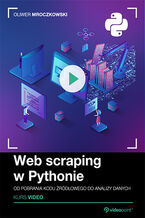
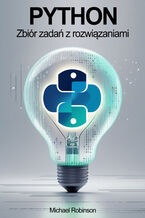

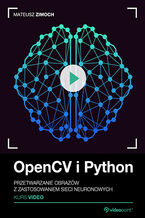

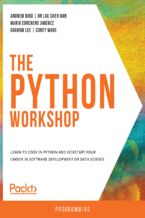

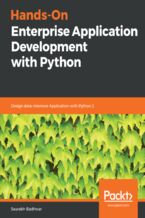
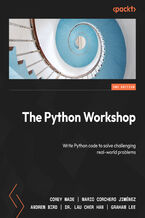
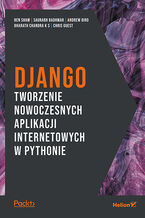






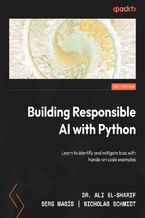
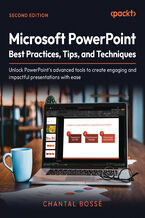
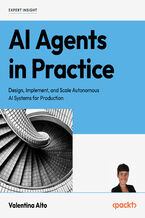
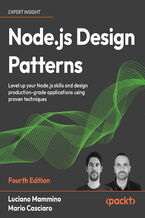
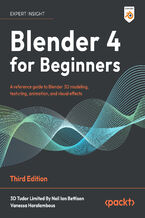
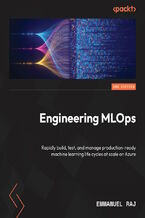
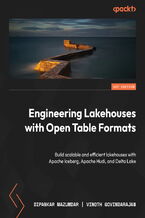
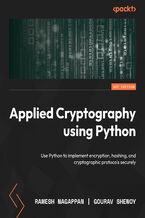
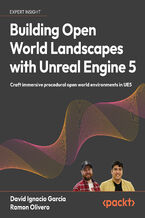



Oceny i opinie klientów: Web Development with Django. Learn to build modern web applications with a Python-based framework Ben Shaw, Saurabh Badhwar, Andrew Bird, Bharath Chandra K S, Chris Guest
(0)